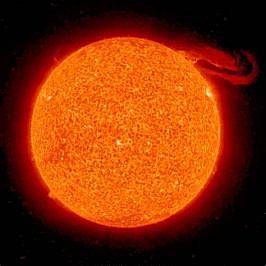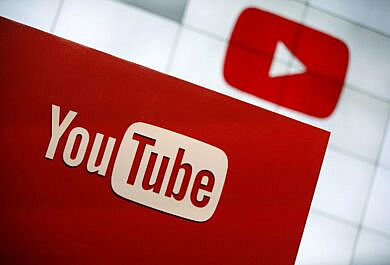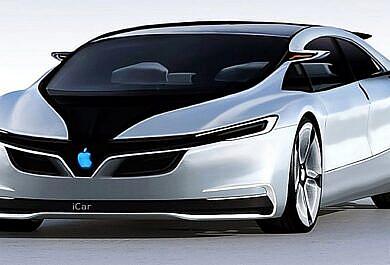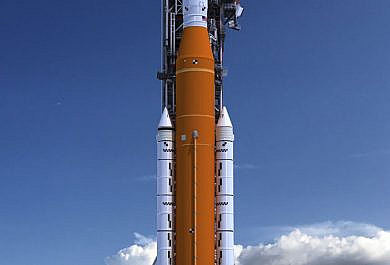U.S. scientists produced more energy in a fusion reaction than was needed to ignite it for the first time, the Energy Department announced Tuesday.
Summary
Researchers at Lawrence Livermore National Laboratory produced more energy in a fusion reaction than was needed to ignite it for the first time in a scientific breakthrough of enormous consequence, the Energy Department announced Tuesday.
- In a breakthrough decades in the making, scientists used powerful lasers to focus energy on a tiny capsule, which started a reaction that produced about 1.5 times more energy than was needed to initiate the reaction.
- This achievement, a consequential step towards harnessing the fusion process that powers the sun, could lead to significant technological advancements in national defense and clean energy.
- Nuclear fusion is the process where atoms are fused together to generate energy. The European Union, China, and South Korea have all built out programs to achieve this breakthrough, making the American achievement all the more significant.
- Nuclear fusion, the opposite of the nuclear fission process used in nuclear power plants, produces far more energy with much smaller amounts of radioactive waste compared to nuclear power.
- Nuclear fusion technology has the potential to be a source of “near-limitless clean energy” and has been described as the “holy grail” of energy production.
- The scientists’ feat, known as fusion ignition, will take decades to develop into a waste-free, abundant energy source. Scientists still need to develop more efficient lasers to initiate the reaction and devise a way to produce sustained energy, which is far easier said than done.
![]()
- As CNN noted, “Fusion projects mainly use the elements deuterium and tritium – both of which are isotopes of hydrogen. The deuterium from a glass of water, with a little tritium added, could power a house for a year. Tritium is rarer and more challenging to obtain, although it can be synthetically made.”
- As The New York Times pointed out, many Americans may be already familiar with nuclear fusion due to its prominence in pop culture and science fiction. Films like Back to the Future and Spider-Man 2 and franchises like Star Wars, Star Trek, and the Marvel Cinematic Universe have all featured or made references to fusion technology.
- Slate pooh-poohed the announcement, publishing an interview with New York University professor Charles Seife, who emphasized the announcement came with “caveats.” Seife would prefer focusing spending on mitigating climate change, arguing it’s not “the best bang for your buck” in the near term.
![]()
- As The Wall Street Journal observed, researchers at the Lawrence Livermore National Laboratory’s National Ignition Facility have been studying nuclear fusion since the facility opened in 2009. Scientists had to use the world’s largest laser to finally achieve this breakthrough.
- National Review noted the successful experiment finally achieved “what has been a key goal of nuclear physics since at least the 1950s.” The author noted previous announcements of fusion experiments have proved disappointing and urged skepticism until the experiment is replicated.
- Energy Secretary Jennifer Granholm said the breakthrough will “go down in the history books,” according to the Washington Examiner, and could prove critical to efforts to mitigate climate change.
© Dominic Moore, 2022






